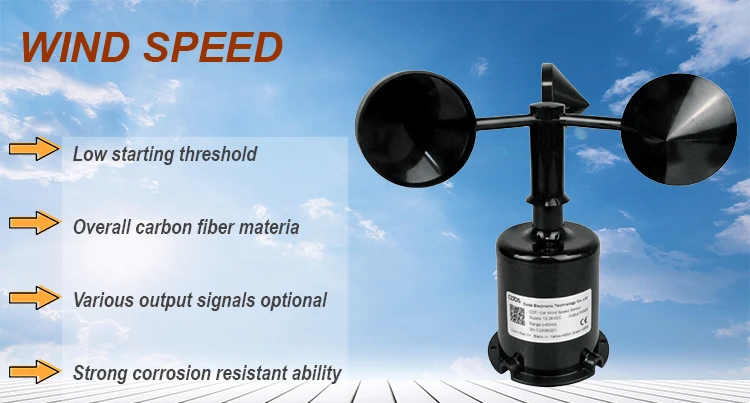
html
Wind Speed Measurement Instruments
Measuring wind speed is essential in various fields, including meteorology, aviation, and environmental studies. Accurate wind speed data helps in weather forecasting, flight safety, and assessing wind energy potential. Several instruments are designed specifically for this purpose, each with unique features and applications.
Anemometers
The most common instrument for measuring wind speed is the anemometer. There are several types of anemometers, including:
- Cup Anemometers: These consist of three or four cups mounted on horizontal arms. As the wind blows, the cups rotate, and the speed is calculated based on the rotation rate.
- Vane Anemometers: Also known as propeller anemometers, these use a rotating vane or propeller to measure wind speed and direction simultaneously.
- Hot-Wire Anemometers: These measure wind speed by detecting changes in the electrical resistance of a heated wire as air flows over it.
Ultrasonic Anemometers
Ultrasonic anemometers use ultrasonic sound waves to measure wind speed and direction. They have no moving parts, making them durable and low-maintenance. These instruments are often used in harsh environments or for research purposes where precision is critical.
Pitot Tubes
Pitot tubes are primarily used in aviation to measure airspeed, but they can also determine wind speed. They work by comparing the dynamic pressure of the wind with the static pressure of the surrounding air.
Doppler Radar
Doppler radar is a sophisticated tool used in meteorology to measure wind speed over large areas. It detects the frequency shift of radio waves reflected by moving particles in the air, providing real-time wind data for weather monitoring.
Choosing the Right Instrument
Selecting the appropriate wind speed measurement instrument depends on factors such as accuracy requirements, environmental conditions, and budget. For everyday use, a simple cup or vane anemometer may suffice, while advanced applications may require ultrasonic anemometers or Doppler radar.
Understanding these instruments and their capabilities ensures accurate wind speed measurements, contributing to safer and more efficient operations in various industries.
Keyword: instrument measure wind speed